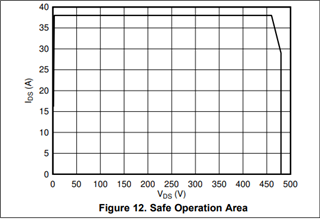Hello
Can i Please get the Ids on vs Temperature curve for LMG3410R050. Datasheet seems missed that vital information.
Aslo can you tell me how the normalized Rds on is calculated.
Aslo i note that Ids rating stated as 12A at 125C in the webpage while datasheet says its 34A at 25C.
Normally, Product descriptions like Drain current rating state ratings in normal temperatures like 25C. Is there any reason why TI stated it at the extreme 125C.
Can i use this device in 30A applications safely.
Best regards
Damith pavithra
-
Ask a related question
What is a related question?A related question is a question created from another question. When the related question is created, it will be automatically linked to the original question.



